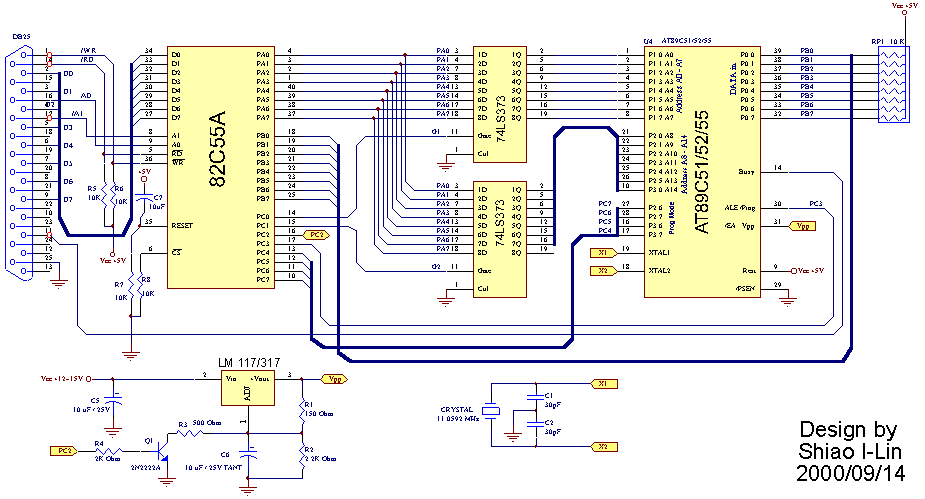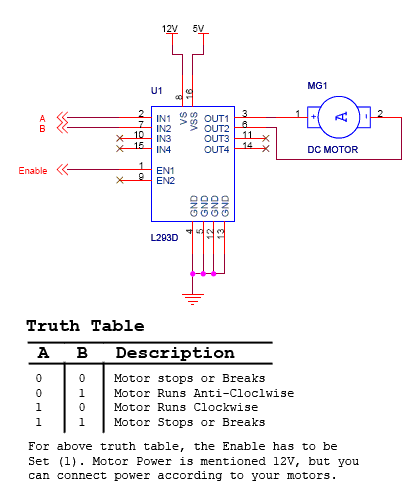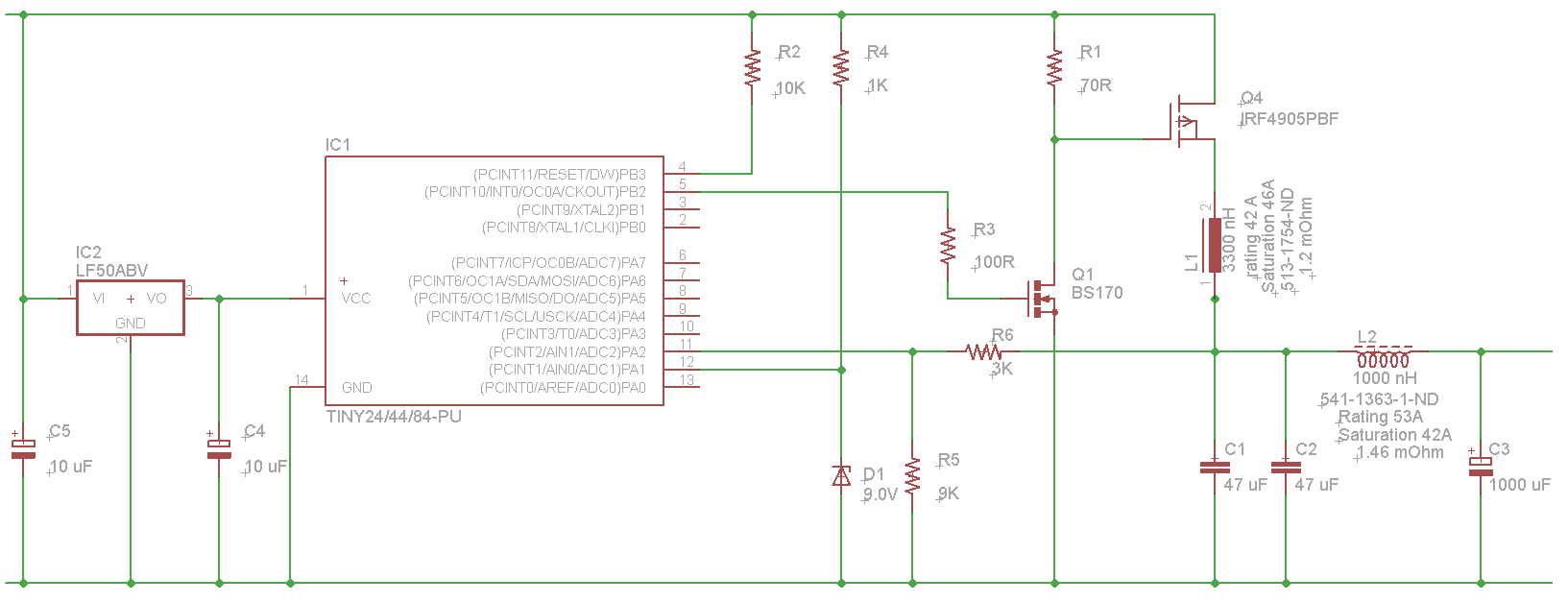
Atmel 8051 Flash Based Microcontroller Programmer

Atmel Flash devices are well-suited for development due to their ease and speed of reprogramming. They provide ample code space for applications, especially for projects involving the 89Cxx series with the C programming language. Atmel offers a wide selection of microcontrollers that utilize the 8051 architecture and feature on-chip Flash program memory.
Atmel's 8051-based microcontrollers are designed to accommodate a variety of applications, making them a popular choice among developers. The on-chip Flash memory allows for rapid updates and modifications to the program code, significantly enhancing the development cycle. This feature is particularly advantageous for iterative testing and debugging processes, where frequent changes to the code are necessary.
The architecture of the 8051 microcontroller includes a 16-bit timer, multiple I/O ports, and a serial communication interface, which collectively enable robust functionality for a range of applications. The availability of various memory sizes and peripheral options allows developers to select a microcontroller that best fits the specific requirements of their project.
Furthermore, the ease of programming in C language enhances accessibility for developers, enabling them to create efficient and compact code. The integrated development environments (IDEs) available for Atmel microcontrollers provide tools for code writing, debugging, and simulation, streamlining the development process.
In summary, Atmel Flash devices, particularly those based on the 8051 architecture, offer a flexible and efficient platform for embedded system development, making them a favorable option for both novice and experienced engineers.The Atmel Flash devices are ideal for developing, since they can be reprogrammed easy and fast. If you need more code space for your application, particularly for developing 89Cxx projects with C language. Atmel offers a broad range of microcontrollers based on the 8051 architecture, with on-chip Flash program memory.
🔗 External reference
Atmel's 8051-based microcontrollers are designed to accommodate a variety of applications, making them a popular choice among developers. The on-chip Flash memory allows for rapid updates and modifications to the program code, significantly enhancing the development cycle. This feature is particularly advantageous for iterative testing and debugging processes, where frequent changes to the code are necessary.
The architecture of the 8051 microcontroller includes a 16-bit timer, multiple I/O ports, and a serial communication interface, which collectively enable robust functionality for a range of applications. The availability of various memory sizes and peripheral options allows developers to select a microcontroller that best fits the specific requirements of their project.
Furthermore, the ease of programming in C language enhances accessibility for developers, enabling them to create efficient and compact code. The integrated development environments (IDEs) available for Atmel microcontrollers provide tools for code writing, debugging, and simulation, streamlining the development process.
In summary, Atmel Flash devices, particularly those based on the 8051 architecture, offer a flexible and efficient platform for embedded system development, making them a favorable option for both novice and experienced engineers.The Atmel Flash devices are ideal for developing, since they can be reprogrammed easy and fast. If you need more code space for your application, particularly for developing 89Cxx projects with C language. Atmel offers a broad range of microcontrollers based on the 8051 architecture, with on-chip Flash program memory.
🔗 External reference





